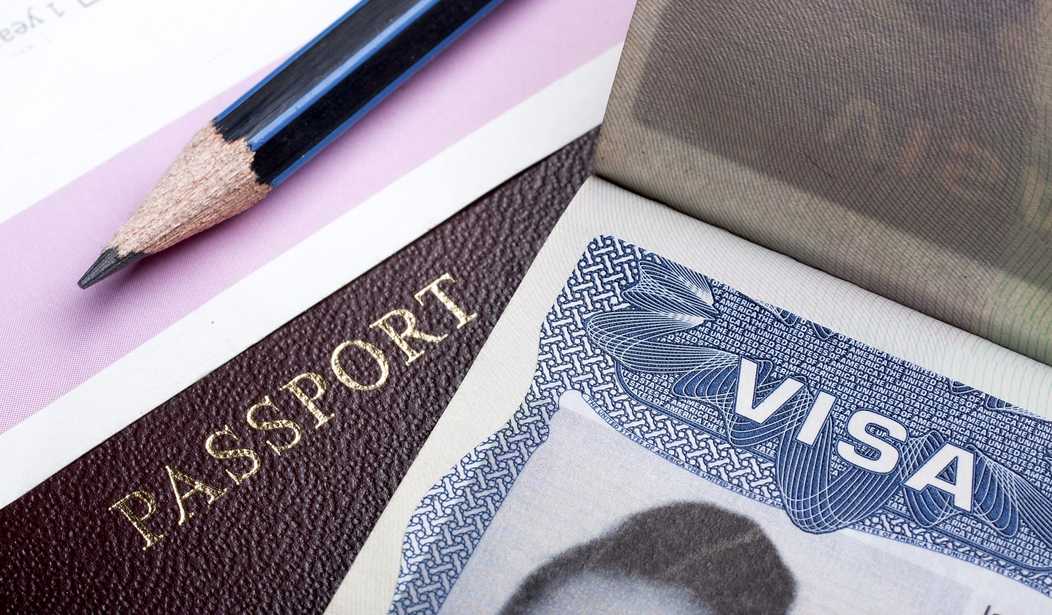WASHINGTON – Lawmakers are becoming increasingly frustrated over the federal government’s failure to implement a biometric exit tracking system to determine whether foreign nationals entering the country on a visa have departed on schedule.
The percentage of those remaining in the United States beyond the expiration of their visas remains relatively small. The Department of Homeland Security issued a report this week showing that of the nation’s nearly 45 million non-immigrant visitors in fiscal year 2015, only 1.17 percent, or 527,127 individuals, overstayed their visas.
So 98.83 percent of those holding visas left the U. S. on time and abided by the terms of their admission, according to DHS. But some members of the Senate Subcommittee on Immigration and the National Interest, which conducted a hearing on the issue this week, maintain the current system doesn’t go far enough in assuring compliance.
Sen. Jeff Sessions (R-Ala.), the subcommittee chairman and a strong critic of the Obama administration’s immigration policies, asserted that that the figures released by DHS prove that visa expiration dates under the current system “have become optional.”
“The administration does not believe that violating the terms of your visa should result in deportation,” Sessions said. “What we are witnessing is tantamount to an open border. Millions are free to come on temporary visas and no one is required to leave.”
The DHS report, Sessions insisted, “demonstrates that we are in the midst of a national immigration crisis.” The report, he noted, examined only temporary visitors traveling as tourists or business workers and only those entering at sea and air ports. Yet the agency found that “a shocking 527,127 individuals illegally overstayed past their mandatory date of departure. That’s more than half a million overstays in one year for this one category of aliens,” meaning that the true number “is likely much higher.”
Sessions further maintained that many of the overstays hail from countries with ties to terrorism — 219 from Afghanistan, 681 from Iraq, 440 from Syria and 219 from Yemen.
Sen. Chuck Grassley (R-Iowa), chairman of the Senate Judiciary Committee, noted that a vital part of the Illegal Immigration Reform and Immigrant Responsibility Act of 1996, which was passed by Congress, called for the establishment of a comprehensive entry and exit control system that would collect a record of departure for every person departing the country.
But, Grassley said, “deadlines have come and gone.”
“Today, there is still no comprehensive exit system at our land, air, or sea ports of entry,” he said. “The tragic events of September 11, 2001, should have been strong motivation to implement a full entry and exit system. In fact, in 2004, Congress went further than it had in 1996, urging the administration to develop a plan to rapidly implement a full biometric entry and exit system.”
Grassley characterized the DHS report as “completely unsatisfactory
“It fails to provide data to Congress on all visa classifications, including foreign students, those on employment-based visas, fiancé visas or those who participate in cultural exchange programs,” he said. “While I appreciate the information the department provided, it only tells part of the story.”
The concerns expressed were not limited to Republicans. Sen. Chuck Schumer (D-N.Y.), who is expected to become the Senate Democratic leader upon the retirement of Sen. Harry Reid (D-Nev.), told DHS officials that he expected them to develop solutions to the problem as a result of the $2 billion the federal government is now dedicating to an exit-entry system.
“Knowing who is going in and coming out is a matter of national security, plain and simple,” Schumer said.
Currently, the federal tracking of visa holders is performed through biographical information – data collected by airlines before foreign nationals board a jet bound for the U.S., meaning DHS is reliant on airlines providing the information. Biometric data, achieved through technological innovations like fingerprints, facial images, iris scans or voice recognition, is expected to let the government know in real time who is entering, when an individual is departing, and whether such persons have overstayed their visas.
An exit program that uses biometrics rather than just biographics, Grassley said, “is a vital component of national security, ensuring that persons of interest have not falsified their exit record or stolen a person’s identity to enter the country.”
Testifying before the subcommittee, John Wagner, deputy assistant commissioner of field operations for U.S. Customs and Border Protection, said his agency undertook a pilot program at 10 major U.S. airports last year using handheld mobile fingerprint collection devices.
Wagner said fingerprint collections provided DHS with an opportunity to address some visa exit cases it would not have been able to resolve utilizing biographical information. But he also indicated to lawmakers that such a system might ultimately prove unwieldy – hand-held devices likely will result in flight delays and the cost of hiring additional personnel to handle the mechanisms could cost more than $1 billion.
“It can take two hours to board the plane, but that’s not feasible,” Wagner said. “The cost is going to be tremendous to do that.”
A significant problem in implementing biometric exit tracking, Wagner told the lawmakers, centers on the lack of proper infrastructure at U.S. ports to install a system without disrupting the flow of travel.
“Our ports of entry were not built for exit processing,” Wagner said. “Unlike for arrivals, there’s no exclusive and dedicated space for departure controls.”
Regardless, DHS, he said, will “continue to evaluate the value and deployment costs of biometric technologies as they mature and pursue opportunities to strengthen border security and support our integrated homeland security missions.” DHS, he said, recently launched a test using facial-recognition software at John F. Kennedy International Airport in New York City.
Wagner said implementation of “a robust and efficient biometric solution” will take time and that DHS is “aggressively evaluating emerging biometric technologies in existing operational environments.” But he further noted that collecting biometric data as foreign nationals depart would “only help a little” when it comes to addressing visa overstays.
“We are working closely with our domestic and international stakeholders to find solutions that protect the integrity of our visa system, minimize disruptions to travel, prove to be cost-effective and provide sufficient flexibility to address both current and future requirements,” he said.








Join the conversation as a VIP Member